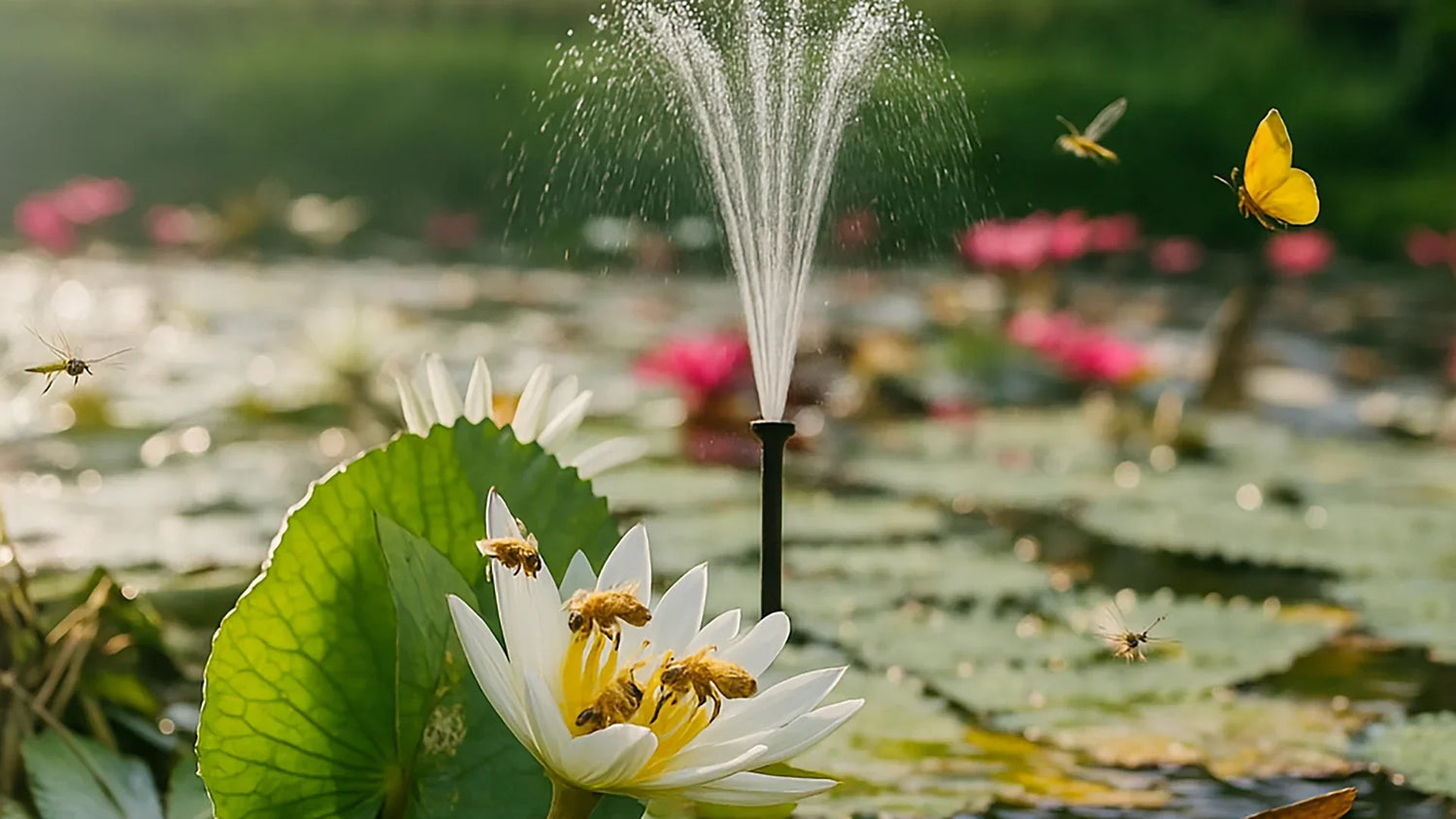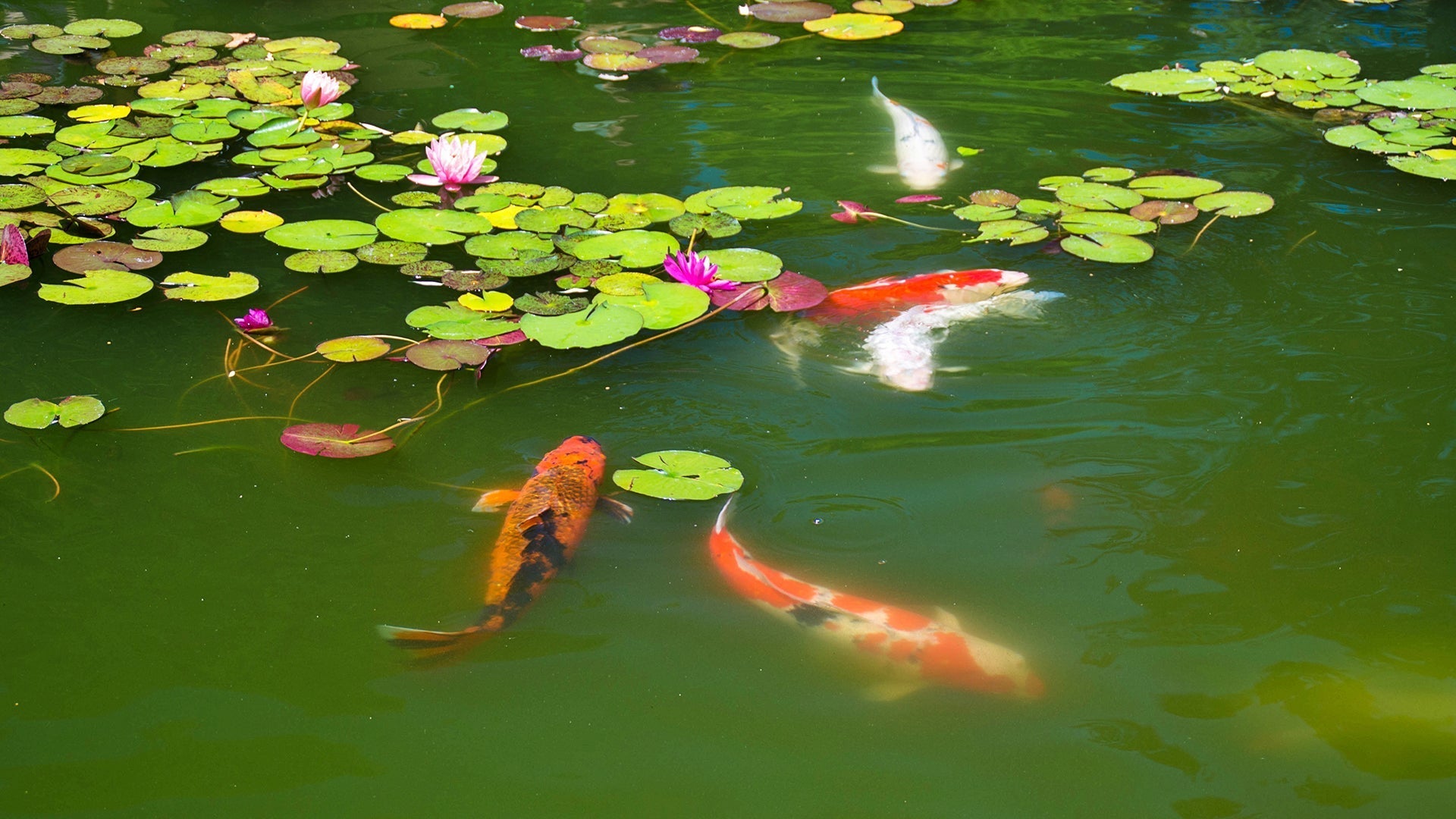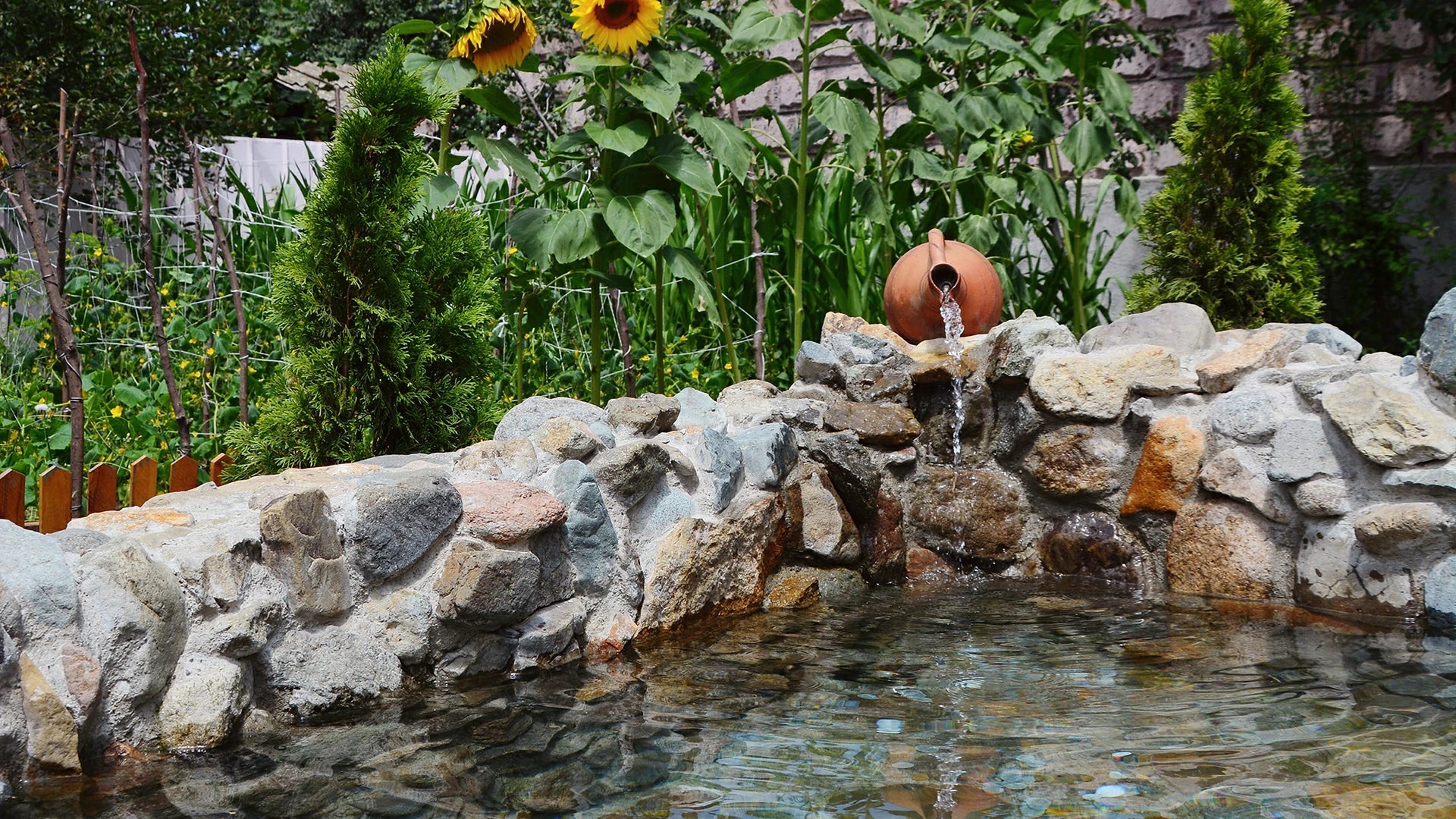If you’ve ever watched a garden alive with movement—bees buzzing between flowers, dragonflies darting over the water, or butterflies resting on damp stones—you know the joy of sharing your space with pollinators. Creating a pollinator pond is one of the most effective ways to support these vital creatures while enriching your own garden ecosystem. In addition to being a simple decorative water feature, a properly designed pond will provide bees and butterflies with food, shelter, and water, in addition to other useful pond insects.
Introduction to Pollinator Ponds
A pollinator pond is designed with wildlife and water in mind. Unlike ornamental ponds, which are purely for beauty, these ponds offer shallow margins, native plants, and secure perches that fulfill the needs of insects and small wildlife. They are, in fact, part of a bigger set of wildlife pond design solutions, designed to be spaces where humans and wildlife get along well.

Poposoap, a business that marries ecology and beauty, creates products like solar fountains, pond filters, and lights that make it easier to build and maintain such ponds. Its eco-friendly technology advantages pollinators by providing clean, oxygenated, and naturally attractive water.
Key Plants and Setup
Plants are the foundation of any pollinator pond. Native, nectar-producing flowers such as coneflowers, bee balm, or milkweed will attract butterflies and bees to your pond. Around the perimeter of the water, reeds, sedges, and flower marginals help to produce perches and feeding sites. Water plants such as water lilies or pickerelweed not only add beauty but also create shade and insect resting spots.
Create the pond with shallow and sloping sides where pollinators can safely drink and land. Flat stones or gravel margins offer solid footing for bees and butterflies. Install a Poposoap solar fountain pump to circulate water and keep it fresh—avoid stagnation, reduce breeding of mosquitoes, and supply an endless stream of oxygen.
Insect-Attracting Tips
In order to entice a variety of pond insects, provide planting and feature diversity around the pond. Butterflies are drawn to sunny places, so do not cover all sections of the pond. Bees need easy regular access to water, so pebbles or mossy edges on shallow sections are ideal for them. Dragonflies, wonderful natural pest controllers, are drawn to moving water and tall vegetation where they can roost.

Installing a Poposoap pond light alongside will also light up the pond at night, drawing insects at night and maintaining a larger food chain. Don't apply pesticides and chemicals; a properly pollinator-friendly pond thrives when it is natural and harmless.
Seasonal Maintenance
A pond ecosystem changes throughout the year, and your pond has to keep pace. Clear away litter and refurbish planting to care for maturing insects in spring. Summer is spent topping up water and trimming back excess growth to leave open spaces for bees and butterflies. Autumn is spent clearing dead leaves to prevent too many excess nutrients building up. Winter is spent leaving space in the pond unfrozen to ensure insect and amphibian survival.
Poposoap solar pond filters are especially useful in reducing maintenance to the minimum. Their filter media, being reusable, can maintain water clarity without upsetting the delicate dynamics of pollinator populations.

Benefits to Local Biodiversity
A pollinator pond is more than a mere decorative feature—it's a mini-sanctuary for wildlife. By supporting pond insects, you create ripples in your garden: healthier flowers, productive veggies, and an equilibrium of predators and prey that keeps pest populations in line. Birds benefit, too, snacking on the insects and sipping from the clean water.
At a broader level, these concepts of wildlife ponds are helpful to local biodiversity. Every bee- and butterfly-friendly garden is part of an overall network of pollinator-friendly habitats, which helps counteract the loss of these important species. With the addition of natural planting and green equipment like Poposoap water fountains and filters, one can create a pond that is both visually appealing as well as environmentally beneficial.
Final Thoughts
Designing a pollinator pond is a rewarding task that goes beyond being just decorative. It introduces life to your garden, deepens your connection to nature, and has real ecological benefits. With the right mix of plants, areas of shallow water, and eco-friendly circulation, your pond serves as a sanctuary for pond insects, bees, and butterflies while boosting the general garden ecosystem.
Poposoap's commitment to sustainability translates to their solar-powered pumps, filters, and lights being excellent partners for designing spaces welcoming pollinators. Following these wildlife pond designs, you can now enjoy your own backyard haven that's as beneficial to pollinators as it is beautiful to you.





Leave a comment
All comments are moderated before being published.
This site is protected by hCaptcha and the hCaptcha Privacy Policy and Terms of Service apply.